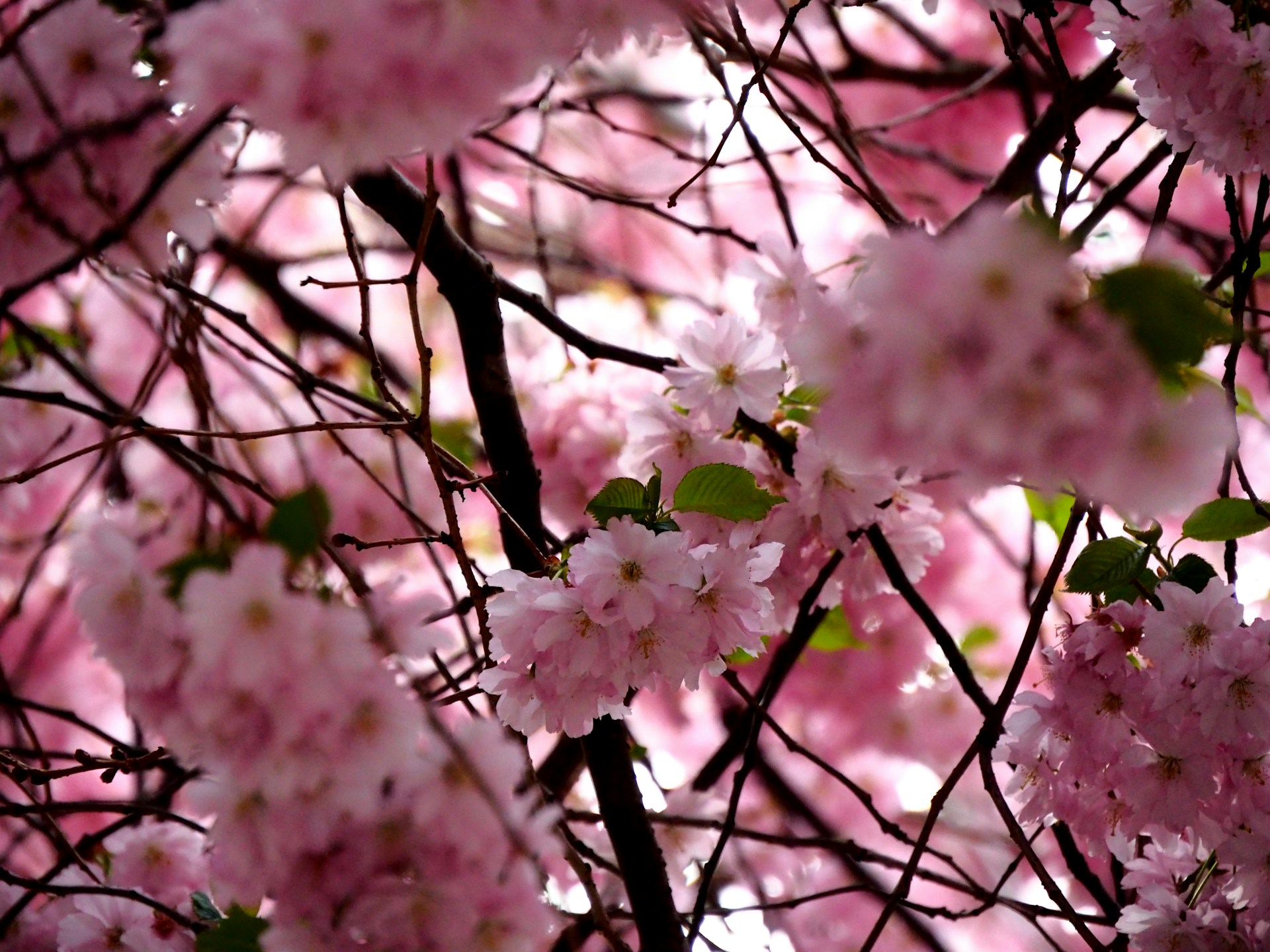The start to your summer adventure.
As the days grow longer and the temperatures rise, many of us will be eagerly anticipating our escape to the country, seaside or quiet nook away from the bright lights and noise of the city — a cherished retreat where we can unwind, reconnect with nature, and create lasting memories with family and friends.
But before we can fully immerse ourselves in the tranquillity of “life in the countryside”, there are a few essential steps to take to ensure that your summer retreat is ready for your arrival.
Getting the essentials up and running, and doing a visual check.
First and foremost, if you have electricity and water ensure that everything is up and running smoothly, by taking the time to inspect each system carefully, checking for any signs of leaks, malfunctions, or wear and tear that may need your immediate attention.
Once the basics are in order or whatever your solution is going to be i.e. bring your own water, find a source of drinkable water, wash in the lake, bring a generator, batteries or candles and lots of matches – its time to do an initial inspection, firstly outdoors.
You’ll want look around the outside of the property first, walls, roof, etc. to find any potential issues that may have arisen during the off-season. Look for signs of pest infestation, water damage, or structural issues that may need to be addressed before they get any worse.
Check the garden, as well as the outdoors of your cottage.
And be careful if you walking in the long grass, if you have them I recommend you wear wellington boots that come up to the knee, because you don’t want to stand on a snake and suffer the consequences, and you don’t know what is in the grass. I would always make sure to have at hand a lawn mower (grass cutter) and do a first try around the grass to get things under control – or even better if you have a strimmer – making sure you wear the necessary, ear protectors, gloves and protective glasses.
Also, don’t forget to put on insect repellent – for me I rub it in on the ankles, neck and wrists, and around my waist. Can be applied onto the clothes I select to do outside work, so it builds up layers of protection but just make sure you cover your legs and put your trousers inside your socks. You can always give yourself a brush down after you have been in the long grass and by keeping trousers in socks that offers some protection to stop insects getting on to the skin.
Once you are inside, again look for any signs of pests, make sure that all your wires are in good shape (i.e. haven’t been chewed) and do a thorough walk around to check for anything odd, or looks like it shouldn’t be there i.e. could be anything from mice droppings to an ants nest.
Cleaning and Maintenance
With the property health check complete, it’s time to “roll up your sleeves” and get to work on cleaning to remove dirt, pollen, and winter grime. Take note of any rotted planks or loose nails that may pose a safety hazard and replace them as needed.
Next, turn your attention to the exterior of the cottage, cleaning the windows to improve visibility and remove any buildup of sap, pollen, or insect debris. Clear the surrounding area of leaves, pine needles, and other debris to prevent moisture buildup and potential pest infestations.
Safety checks
As you clean and maintain the cottage, it’s also essential to prioritise safety checks and precautions. Review the functionality of smoke and carbon monoxide alarms, ensuring that they are in good working order and replacing batteries as needed in your alarm devices. Take stock of any tools or hazardous chemicals for example what you use for cleaning, ensuring that they are stored safely out of reach of children and pets.
Let’s not forget candles, great for atmosphere, not so fabulous for fire safety. Make sure never to leave candles unattended and blow out all candles before you go to bed—or even if you’re just popping outside for a quick walk. Better safe than sorry.
Protecting against unwanted visitors
In addition to addressing immediate safety concerns, it’s also important to take steps to protect your cottage from potential threats such as theft or vandalism. It is always a good idea to install a robust, secure lock on doors and windows. Just the fact that you have good locks can often be enough to put off a wanna be burglar.
Keep bushes and trees trimmed so the views of your windows and doors aren’t obstructed. That way, burglars can’t hide near these entry points and your neighbours will be able to see any suspicious activity – if there are any neighbours!
You could also create that “lived in look”, drawing the blinds or curtains to make sure valuables like a TV aren’t visible you don’t want your cottage to give off a vibe of being “closed up for the next few months” look.
If you have neither a computer nor internet/cellular service at your cottage, another surveillance option to consider is a motion-activated trail camera. Hunters and wildlife photographers often use them to monitor animal activity. But many people have found that these weather-resistant, discreet cameras are also well-suited for security purposes.
Trail cameras take digital photos and sometimes videos of movement, storing the images to a memory card inside the box. They are typically battery powered, but some offer solar-power options or may be connected to your cabin’s electrical current for long-term operation. Most also include no-flash, infrared technology for capturing images in the dark.
A good trick is also to have timers, where you can set the times that lights can be switched on and off to randomly to make it look like somebody is at home – might be more of an urban tactic because I guess it is pretty obvious if yours is the only cottage in the middle of a forest that it would be relatively easy to see if anybody was at home. You can also use it to have a radio switch on and off, and let the music keep the wildlife entertained.
Don’t forget periodically switch the timers to different lamps and rooms so your initial “random” setup doesn’t form a pattern.
Emergencies
Nobody wants to be in an emergency situation and not know where anything is or what you need to do. So, make sure that visitors are aware of emergency procedures and the location of fire and first aid equipment in case you are not around to show them. And it might sound obvious, but write down in an obvious place what your address is – just in case if they have to explain where you are to emergency services.
Does the smoke or carbon monoxide alarm work? Are tools and dangerous chemicals stored out of reach of children? Are there planks with protruding nails laying around the garden, a good reason to check if your tetanus vaccination is valid.
Routine maintenance tasks
Finally, don’t forget to take care of routine maintenance tasks to keep your cottage in top condition throughout the summer. From regular inspections to periodic repairs, staying on top of maintenance will ensure that your summer retreat remains a safe, comfortable, and enjoyable haven for years to come.
Oh, and don’t forget about keys
Those fake rocks and other novelties for hiding keys? Yeah, burglars know to look for those too. Consider using a lockbox for spare keys instead; you can change the code on the lockbox as often as you need.
See more of the outdoor brands we have to offer. Catch up with our Resources page to plan your next adventure.
(This blog post was first published on the NORDISK PREPPER website – check it out. )

